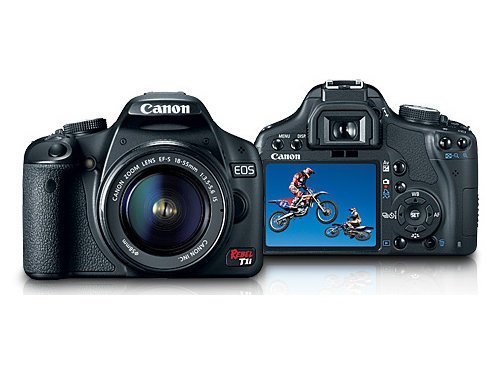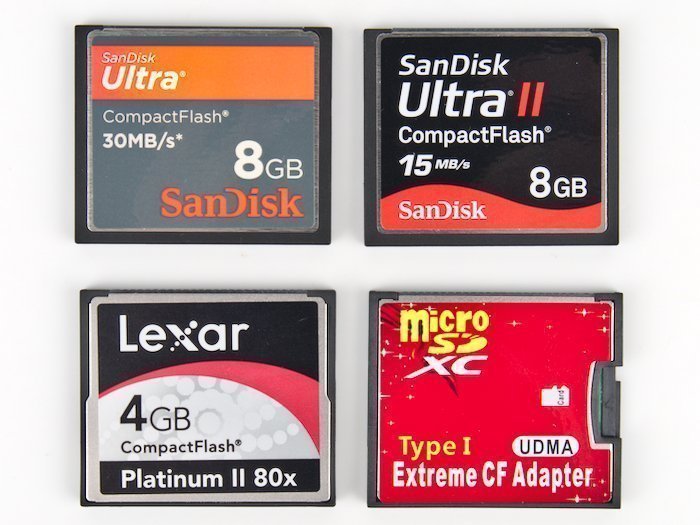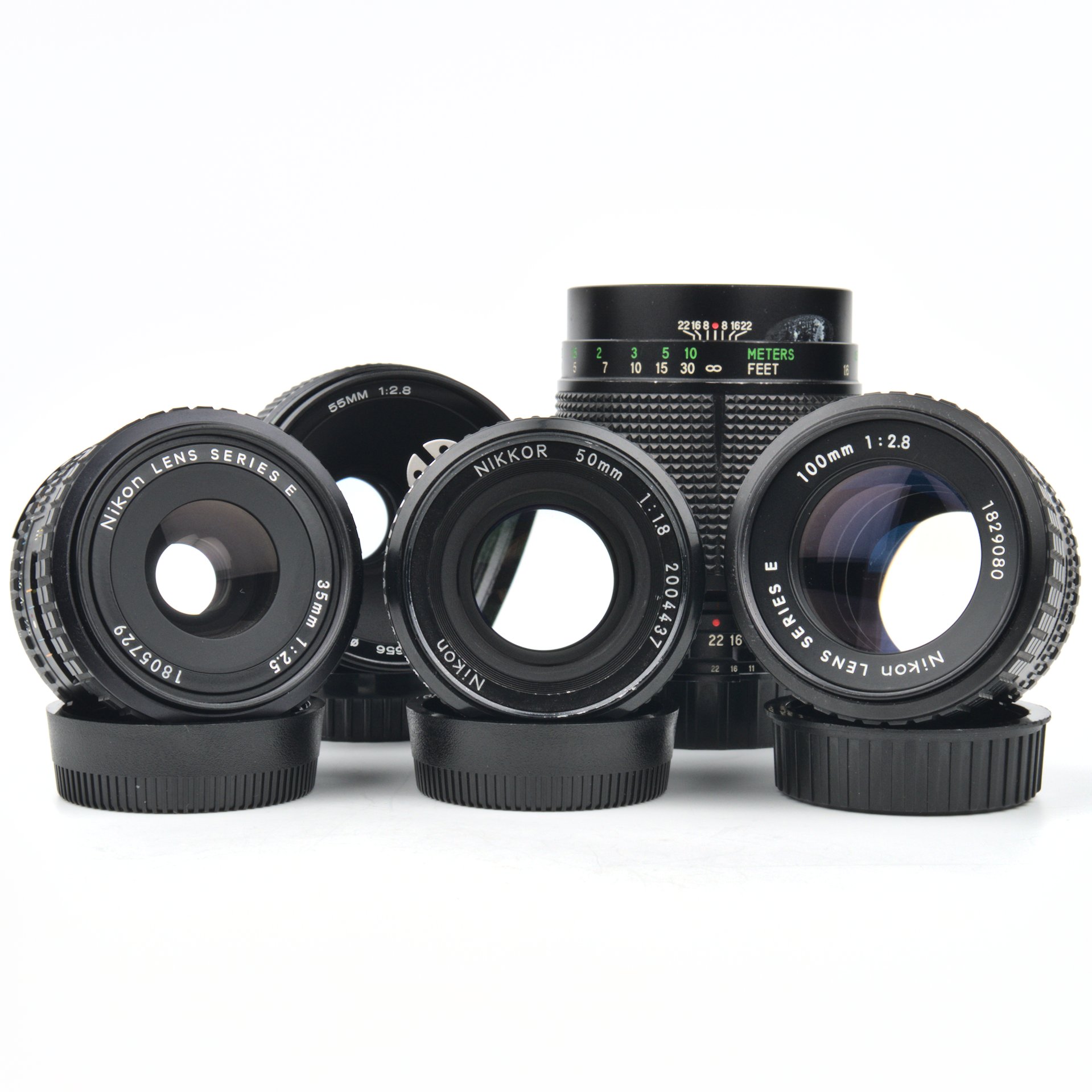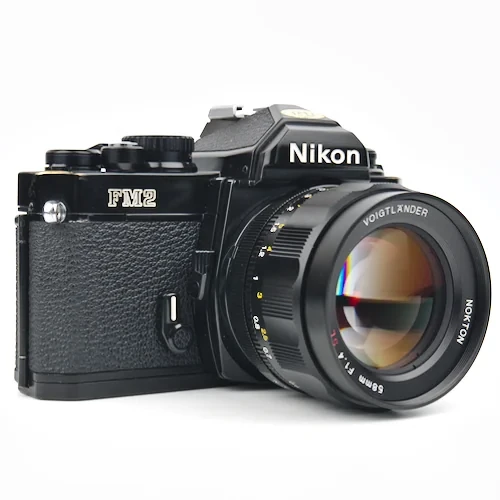
The 5 Best Nikon FM2 Lenses for a Mechanical Masterpiece
- Nathaniel Stephan
- Nikon f mount camera , Nikon fmfilm camera
- October 8, 2024
Table of Contents
The Nikon FM2 is a mechanical masterpiece that is a joy to use with a well built lens. It is worthy of using the best F-mount lenses.
Your wallet or back might disagree. I’m going to include popular options that have better availability, lower prices, and are smaller/lighter.
I value portability, which is why the FM2 is so appealing.
Affiliate Advertising Disclosure
Outside the Shot is a participant in the Amazon Services LLC Associates Program, an affiliate advertising program designed to provide a means for sites to earn advertising fees by advertising and linking to Amazon.com.
As an eBay Partner, I may be compensated if you make a purchase. I also participate in affiliate advertising programs with KEH and Adorama. More can be found on the Affiliate Disclosure page.
Lens Compatibility
Any Nikon F-mount Ai, Ai-S, AF, or D series lens will work with the FM2. Lenses with electronically controlled apertures, such as G-series lenses, will not work.
Do not use ’non-Ai’ F-mount lenses as they can cause damage. See the Nikon F-mount lens and camera compatibility page for how to identify ’non-Ai’ lenses. Sellers will clearly label them.
List of the best lenses for the Nikon FM2:
- Standard Lens - Voigtländer Nokton 58mm f/1.4 Lens
- Wide Angle Lens - Nikon Nikkor 24mm f/2.8 Ai
- Portrait Lens - Nikon DC-Nikkor 105mm f/2 D
- Zoom Lens - Vivitar Series 1 70-210mm f/3.5
- Macro Lens - Vivitar 90mm f/2.8
Voigtlander 58mm f/1.4 Noct
https://www.outsidetheshot.com/nikon-f//nikon/voigtlander-nokton-58mm-f14-sl.jpg does not exist- Exceptional optical quality for sharp images.
- High-end build with a buttery smooth focus ring.
- Has a Meter Coupling Prong that allow it to be used older Nikon SLRs.
- CPU Contacts or focus confirmation and EXIF data on DSLRs.
- Can be purchased new.
See current price and more information on:
Comparing the Nikon Nikkor 55mm f/1.2 Ai or 50mm f/1.2 Ai lenses to the Voigtlander 58mm f/1.4 Noct isn’t remotely fair.
The Voigtlander 58mm f/1.4 Noct is one of the best lenses ever made for the F-mount. You’re going to be hard pressed to find a better lens to use on your Nikon FM2.
What sets the Voiglander apart is the combination of modern optics, manufacturing, and design. It is a manual focus lens, with an incredibly smooth focus ring.
Additionally, the lens has CPU contacts, a meter coupling ridge, and depending on the version, metering prongs. That means the lens can be naitively used on all Nikon F-mount cameras, from film to digital.
For a photography enthusiast, this is great because the lens can be used on a film camera and then on a DSLR. Keep in mind, having CPU contacts means you’ll get full EXIF data with your photos.
Nikon 50mm f/1.8 Series E
https://www.outsidetheshot.com/nikon-f//nikon/nikon-50mm-f18-series-e.jpg does not exist- One of the most popular 50mm lenses Nikon ever made.
- Excellent value and easy to find on the used market.
- Light, small, and compact.
- Prefect for travel and street photography.
See current price and more information on:
The massive popularity of the 50mm f/1.8 E Series lens was a surprise to Nikon. It was released as a budget option, but it was a hit with everyone from new photographers to pros.
Look for the version with the chrome ring around the barrel of the lens. Those are the second version of the lens that has a better build quality. The first versions are all black.
The small size and lightweight size means that the FM2 will stay light and compact. It is the perfect lens to leave on a camera that you just want to be able to grab and go.
Nikon Nikkor 50mm f/2 Ai
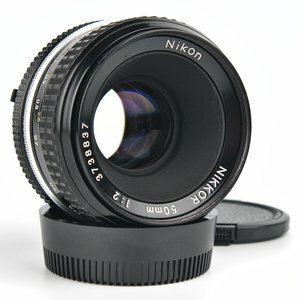
- Sharpest of all the vintage 50mm lenses made by Nikon.
- Optical multi-coatings to minimize chromatic abberation.
- Very easy to find used in good condition.
- Shockingly inexpensive for the image quality.
See current price and more information on:
If you want the sharpest 50mm lens out of the vintage Nikon options, this is it. The lens is sharper at f/2 or any other aperture than the Nikkor f/1.2, f/1.4, or f/1.8 lenses.
The smaller aperture does mean the lens is not as well suited for low light focusing as the other lenses. You’re also not going to be able to achieve an extremely shallow depth of field.
The allure of a big aperture must be strong as the f/2 is the cheapest Nikkor 50mm lens. A very attractive option as you get the best image quality with money left over compared to a different purchase.
Wide Angle Lenses
Nikon 24mm f/2.8 Ai
https://www.outsidetheshot.com/nikon-f//nikon/nikon-24mm-f28.jpg does not exist- Make a great kit when combined with a 50mm lens.
- Optical multi-coatings to improve performance.
- Widely available on the used market.
- Relatively low-priced for a wide angle lens.
See current price and more information on:
The AI, AIS, AF, and D versions of the 24mm all use the same optical design. Versions with autofocus will have improved lens coatings, but are not as enjoyable to manually focus on the FM2 as fully manual lenses are.
The Nikon 24mm f/2.8 has the best price-performance ratio of any wide-angle lens for the FM2. The Nikkor 20mm f/2.8 does not handle flare well and has more noticeable barrel distortion while also costing more.
Any lens that is wider or faster jumps into price ranges that I would consider to be overpriced. The image quality will also not be as good as a vintage medium format, larger format, or modern wide angle lens.
Nikon 28mm f/2.8 Series E
https://www.outsidetheshot.com/nikon-f//nikon/nikon-28mm-f28-series-e.jpg does not exist- Perfect travel kit when combined with a 50mm lens.
- Optical multi-coatings to improve output.
- Very easy to find in good condition used.
- Small and compact design.
See current price and more information on:
The 28mm is a borderline wide angle lens that should cost around half of what a 24mm is going for. It is small and compact, making it perfect as a standard lens or as part of a small kit.
Look for the second version of the 28mm Series E that has a chrome ring around the lens barrel. The construction quality is better than the first, all-black version.
Portrait & Telephoto Lenses
Nikon DC-Nikkor 105mm f/2D
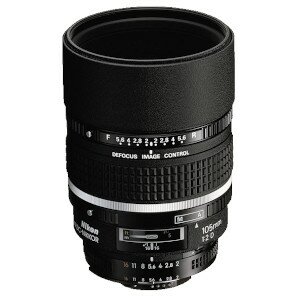
- Defocus Control allows you to control the bokeh.
- So popular among portrait photographers is was produced from 1993 to 2016.
- Ridiculous value used.
- One of the best portrait lenses Nikon has ever made.
- Usable on Nikon DSLRs as it has CPU contacts and autofocus.
See current price and more information on:
The DC-Nikkor 105mm f/2D was made for 23 years. It was still being manufactured after just about every other focal length was updated to the G series. It was and still is a popular lens.
The DC stands for ‘Defocus Image Control’ which allows you to control how the bokeh is rendered. This is a somewhat unique feature. There is also a DC-Nikkor 135mm f/2D.
What really blows my mind is that the DC-Nikkor 105mm f/2D can be found used for around the same price as the Nikkor 85mm f/1.4 Ai.
Nikon 85mm f/1.4 Ai
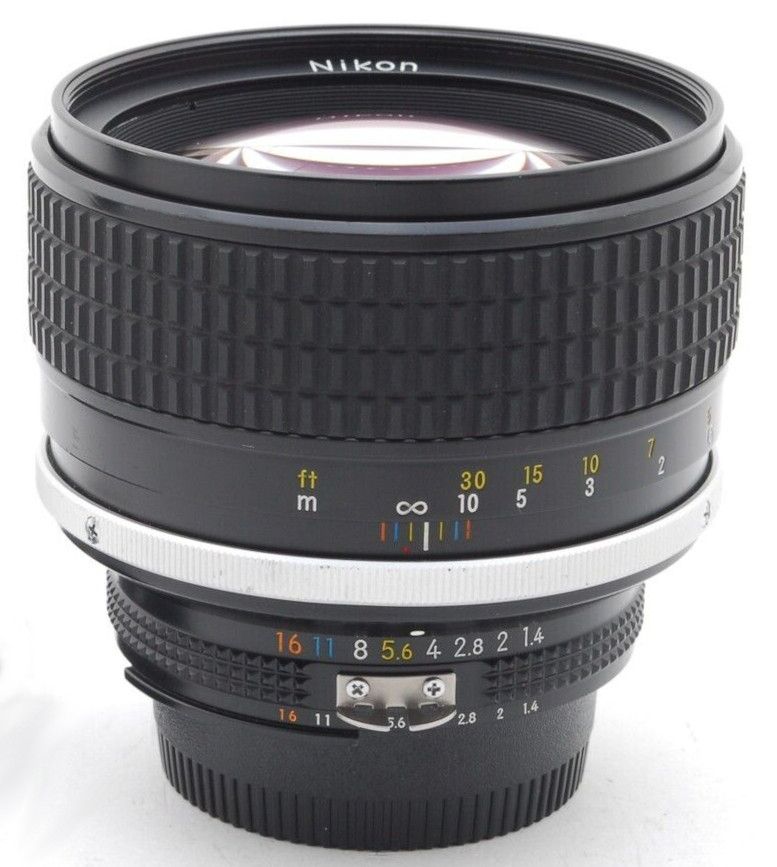
- Overpriced due to photographers adapting it to mirrorless cameras.
- Hard to find in good condition as it was used by professionals.
- Same optical design as the 85mm f/1.4 D series.
See current price and more information on:
I don’t shoot very many portraits. Even if I did, I wouldn’t buy any of the vintage 85mm f/1.4. It doesn’t matter the manufacturer, if it is a vintage 85mm f/1.4, it’s overpriced.
When I originally wrote this, prices had spiked to around $700, which is crazy. Prices have since come down to more reasonable levels.
Under $500 in excellent condition is reasonable. Under $400 in good condition is worth going for. If you want to use the lens on a Nikon SLR with autofocus or DSLR, the 85mm f/1.4D is the better choice.
Haze and dried out helicoid grease are common problems with these lenses due to their age. The “excellent condition” lenses from Japan will not live up to that description.
The lens was included because I know people are going to look for it and buy it regardless of what my warning and thoughts on the lens.
Nikon also made 85mm f/1.8 and 85mm f/2 lenses which are less expensive and easier to find in good condition. Though you still need to pay close attention to lens condition.
Another thing to keep in mind is that the D series autofocus lenses use the same optical design. They are newer, which will make it easier to find a lens in good condition.
The Nikon Nikkor 300mm f/2.8 Ai is in the same price range. It has beautiful bokeh, but it is heavy.
Nikon 100mm f/2.8 Series E Lens
https://www.outsidetheshot.com/nikon-f//nikon/nikon-100mm-f28-series-e.jpg does not exist- Alternative portrait lenses to the 85mm focal length.
- Great value that is easy to find.
- Uses 52mm filters, which makes it ideal to pair with other Series E lenses.
See current price and more information on:
85mm focal length lenses were not as commonly used as they are today compared to when the FM2 was first released in 1982. 135mm or 100mm focal lengths were more common because they were less expensive to manufacture.
Just like all of the other Series E lenses listed, the 100mm f/2.8 hits a good balance of functionality, value, and performance. It feels good to use on the Nikon FM2. That’s why the lens was favored when released and why numerous copies are readily available on the used market.
Another option is the Nikon 135mm f/2.8 AIS.
Zoom Lenses
In the early 1980’s there were third-party manufacturers producing high quality lenses. Autofocus put an end to many of them.
A large number of these top-performing lenses were released with Vivitar branding. Any zoom lens that has the Vivitar Series 1 branding on it is going to have the best optics you’ll see from a vintage zoom lens.
Unfortunately, these lenses are difficult to find in good condition. Beyond that, no vintage zooms offer outstanding performance. If you see one for sale that is cheap enough, it may be worth picking up.
Vivitar Series 1 70-210mm f/3.5
https://www.outsidetheshot.com/nikon-f//nikon/vivitar-70-210-f35.jpg does not exist- Covers a popular zoom range.
- Good for sports or wildlife photography.
- A rare example of when a third-party has better image quality than Nikon.
See current price and more information on:
Optically, the performance from this lens is going to be better than any Nikon counterpart. The fit and finish is a little lack luster.
For sharp photos, just like every vintage zoom lens, you will have to stop the lens down to f/5.6. There are no intermediate stops between f/3.5 and f/5.6.
Keep that in mind, as shooting at f/5.6 will make low light photography difficult. You’ll be fine shooting outdoors during the day.
The lens is sold with mounts for other camera systems. If you decide to buy one, make sure that it is for the Nikon F mount.
Vivitar Series 1 28-90mm f/2.8-3.5
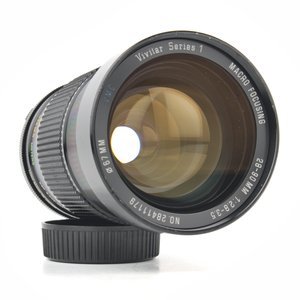
- Covers a useful zoom range.
- Great for everyday general photography.
- A rare time when a third-party lens is the better choice.
See current price and more information on:
Depending on the type of photography you intend to do, this could be a more useful zoom range.
However, owning 58mm and 28mm primes will make a majority of the zoom range redundant. The primes also have better image quality, are smaller, and weigh less.
Nikon Macro Lenses
For capturing photos at macro magnification (1x), a 90mm-105mm lens will be the best choice. These have enough working distance to be able to use a flash or other lighting.
Longer lenses are heavier and more expensive. The weight and longer focal length will often require a tripod to be used.
All of the 50 or 55mm Nikon F-mount macro lenses require the use of extension tubes to reach 1x magnification.
Vivitar 90mm f/2.8 Macro Lens
- The best vintage macro lens I’ve used out of more than a dozen.
- Available in multiple lens mounts, so make sure you’re getting on for the Nikon F-mount.
- Does not need an extension tube to reach 1:1 magnification.
- Razor sharp corner to corner at f/5.6 and f/8.
See current price and more information on:
My favorite vintage macro, the 90mm Vivitar, was made with a variety of camera mounts. Fortunately, it is not difficult to find one in a Nikon F mount to use on the FM2.
The lens is ideal for shooting macro at 1:1 magnification because you’ll get around 3 inches of working distance. The working distance being the distance from the front of the lens to where the subject is in focus.
Both of the Vivitar macros were made by Komine and were released under several different brand names. If you decide to search for one also look under the Panagor, Elicar, Quantaray, Spiratone, and Rokunar brand names.
There is a Vivitar 90mm Macro Review and a Vivitar 55mm Macro Review.
Vivitar 55mm f/2.8 Macro Lens
https://www.outsidetheshot.com/nikon-f//nikon/vivitar-55mm-f28-macro-lens.jpg does not exist- The second best vintage macro lens I’ve used.
- Better than the 90mm for close-up photography.
- It doesn’t need an extension tube to achieve life-size magnification.
- Tack sharp corner to corner at f/5.6 and f/8.
See current price and more information on:
The Vivitar 55mm is an excellent choice for close-up photography. That would include copy work, nature, and tabletop photography.
There is not enough working distance to working at 1x magnification. However, an upside to that is that at 0.5x magnification you won’t have to be several feet away from the subject, like with a 90-105mm macro lens.
An earlier f/3 version of the lens exists and should be avoided. The f/2.8 version is significantly sharper.
